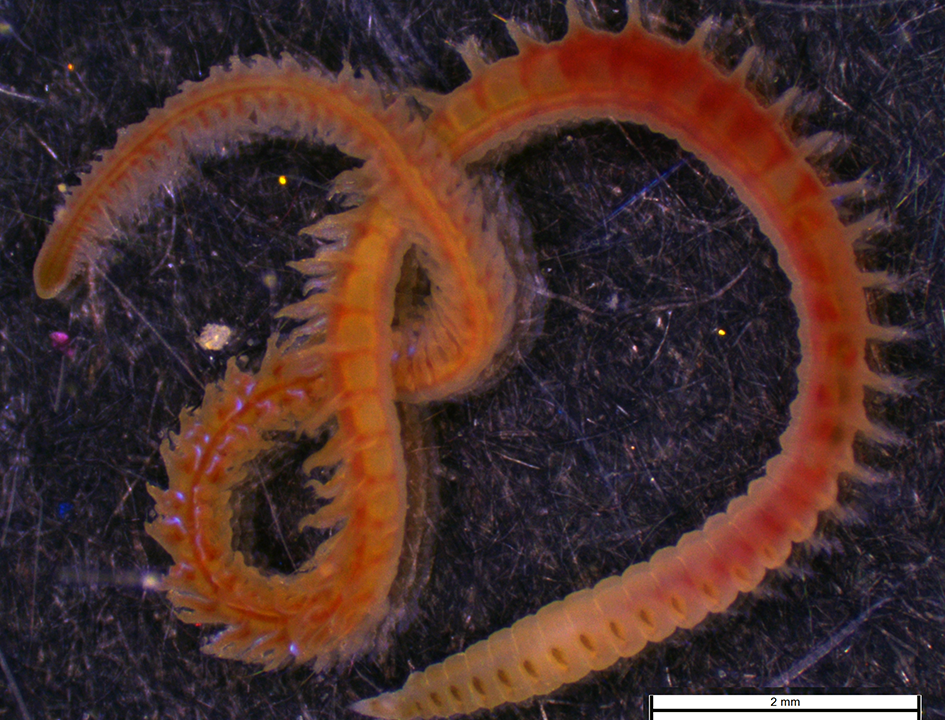This week was the last full week before the Christmas break where everybody goes on their well deserved holidays. However, despite all the slowing down at the museum this week, today was a big day for Nhu Dinh. She successfully defended her Master thesis today. Congratulations Nhu Dinh. Now you are a Master of Science.
Nhu Dinh’s thesis was part of the InvertOmics project, where we want to determine genomes for different marine invertebrates to understand their evolution better. Nhu Dinh’s way to her thesis had many setbacks and changes were necessary. She originally had planned to work on bryozoans and get high-quality genomes for them. What seemed like a good task for a Master thesis turned out to be quite a challenge. After several setbacks to get DNA of high enough quality and amount, we decided to switch gear.
She concentrated on four annelid taxa. Three of them were representatives of the annelid meiofauna groups and accordingly they are quite small. She tried to apply the new protocol developed by Nick Roberts for small gastrotrich and nematod species using whole genome amplification (see the blog post that will come tomorrow). While having smaller fragment sizes than Nick got, the amount was quite good and sufficient to go ahead. However, when the sequencing data came back, we were in for another bad surprise. All the quality parameters for the assemblies were poor and it turned out that most of the amplified DNA was not from our target species but from bacteria, viruses and protists, so other small stuff. A few months after these sobering results, we have now gathered more experience including other groups than Annelida and it seems that for some groups the protocol works well, while for others it is a challenge. This gives us at least an outlook on what to try next.
Luckily, Nhu Dinh worked in parallel also on a large annelid species. This was a species of the species complex Scoloplos armiger, more specifically the one from the so-called intertidal clade. The specimen, she sequenced, can be seen above. This turned out to be quite marvelous. The extraction of the DNA was one of the best we had so far in our lab, the sequencing went very well and the assembly looks very good. The genome size is 2.6 Gbp instead of the ancestral estimation of 0.5 Gbp in GoaT. Hence, it is also human size and five times larger than the one of Orbinia bioreti, which was the basis for the estimation. Given its large genome size, with 16x the coverage was lower than expected and the genome is still very fragmented with a bit more than a 1000 contigs, but we could get some very large contigs as well. The longest one is larger than 29 Mbp and the N50 is 5.9 Mbp. The genome is also pretty complete. We are continuing working on it and plan next to generate the chromosome level with the aid of the HiC method.
However, the story did not end here. We also retrieved from the assembly the mitochondrial genome, or better said mitochondrial genomes. The single specimen had 16 of them at different coverage ranging from 2x to more than 500x. They more identical expect for a region, which different in length between 8 to 15 kbp. This region is full of repetitive units and it looks like we found another case of heteroplasmy. After the one in Hydroides elegans, this is the second one.
![]()

1 Comment on “The last defense of the year – successfully”